During the 1985-86 academic year, a total of 371 international students attended Boston College, only 164 of those being undergraduates. As the University has grown over the past three decades, this number has increased to a total of 1,974 international students in the 2013-14 academic year, including 645 undergraduates.
Collected and compiled by the Office of International Students and Scholars (OISS), the data goes far beyond the base takeaway of an overall increase in total international students on campus since the mid-1980s. Of particular interest to the International Assistant Program (IAP), which is housed within OISS, is a stark increase in international students from East Asian countries—specifically China and South Korea—as well as the administrative and cultural aspects surrounding their acclimation to life at BC.
“Over the past 30 years there has been a steady increase in international students who come to Boston College or seek entrance to Boston College,” said Isra Hussain, international assistant and member of the IAP Steering Committee. “The majority of students every year are coming specifically from China and South Korea. Even on campus, if you look at cultural groups and the students they are comprised of, many of them include more and more international students.”
The data supports Hussain’s assertions about East Asian students on campus—since 2001, the amount of international students from China has increased from 79 to 366 while the amount of students from South Korea over the same timeframe has increased from 62 to 183. For reference, the next two largest groups of international students in 2014 were students from Canada and Spain, numbering 41 and 40 students, respectively.
Hussain indicated that through interactions with many East Asian international students, it became apparent that a popular motivation for applying to BC was the growing reputation of its undergraduate business program as well as the economics major. This observation holds true when examining the OISS data as well—in terms of the most popular undergraduate majors, accounting, finance, and economics make up nearly 35 percent of the majors chosen by all international students at BC.
Hussain asserts that this is due to growing economies in East Asian regions, with a cultural emphasis for students to study business when they do not have their minds made up about other professions when entering college.
While the numbers on international students, and specifically East Asian students, illustrate the University’s growing international reputation, the integration of these students into life in the United States and particularly at BC is the chief concern of Hussain and her colleagues within the IAP.
Hussain indicates that there is often a disconnect between the relationships international students from East Asia expect to form at BC and who they actually end up spending the bulk of their time with. Using the example of one of her mentees, she illuminated common issues international students deal with.
“She came here, and is living with three other girls from her university in China who are only here for the semester,” Hussain said. “She’s found it difficult to join student organizations because it’s second semester and she’s found it difficult to make friends in the BC community because everyone has their set groups of friends and roommates.”
This student’s experiences are not necessarily reflective of every international student’s acclimation to life at BC due to her status as a junior exchange student—unlike a four-year student that enters as a freshman. Hussain, however, believes her troubles still cast light on cultural aspects of the BC community that sometimes make integration difficult for East Asian international students.
“On one hand, BC students assume that people from China and South Korea are only going to want to associate themselves with other people from their areas,” she continued. “On the flip side, students who do come from those areas don’t really feel like the BC students are making an effort to reach out to them.”
Indicating that these students often find themselves in a vicious cycle that inhibits their ability to meet the diverse array of classmates they had envisioned when coming to the United States, Hussain explained the role of the IAP in creating a bridge between the international students and the broader BC community of which they seek to be a part.
The program pairs each international student at BC with an international assistant, regardless of whether they are incoming freshmen or exchange students. After each international assistant has two to three mentees, international students are placed into groups of six mentors along with all of their mentees to have large groups of diverse acquaintances shortly after arriving at BC.
Following an extensive training process for international assistants that begins with a day in April focusing on common problems encountered by international students, each incoming student is expected to participate in international student orientation. Lasting three days, the orientation seeks to acclimate international students to the broader aspects of living in the United States and attending BC, ranging in focus from cell phone bills to campus alcohol policies.
Hussain indicated that in addition to the work international assistants do in preparing their international students to handle life in a new country and at BC, they also work to introduce their mentees to their own friend groups. Facilitating events such as hikes and dinners, international assistants hope to ease the transition students face when starting their lives in a new country.
Hussain argues the next step in BC’s development as a University taking in international students falls on the shoulders of current students being better about getting to know incoming international students.
“BC students might not be the most diverse in terms of race or ethnicity, but they are diverse in terms of personality and interests,” she said. “It is important to have more dialogue, both on an administrative and student level.”
Featured Image by Margaux Eckert / Heights Staff

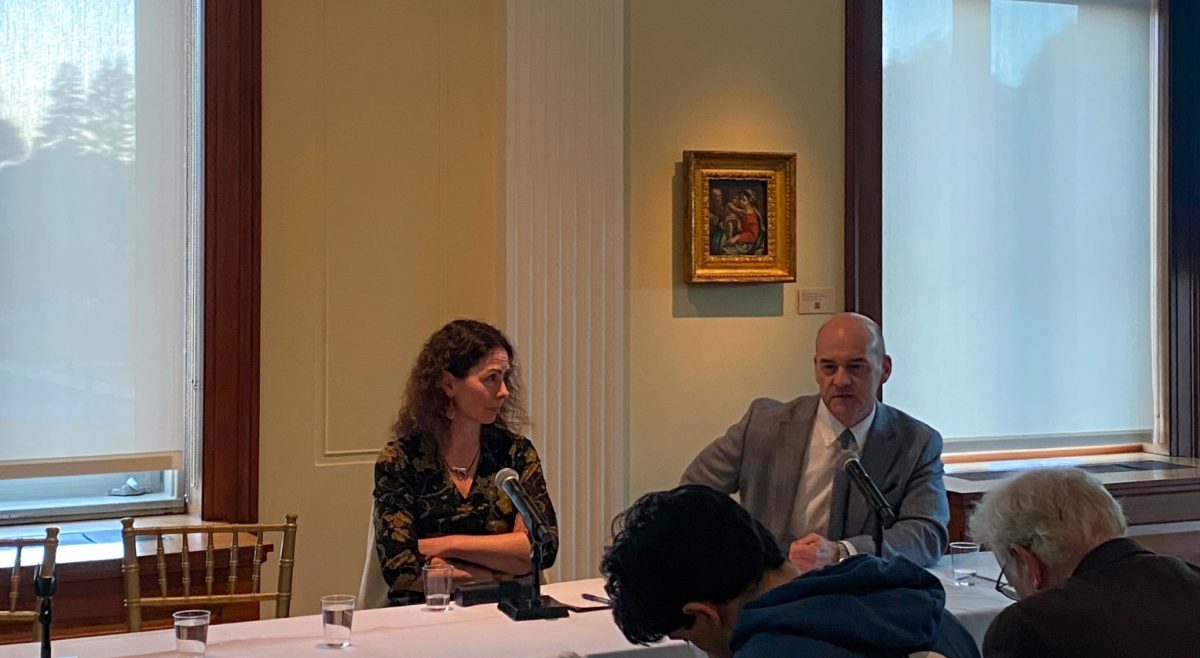
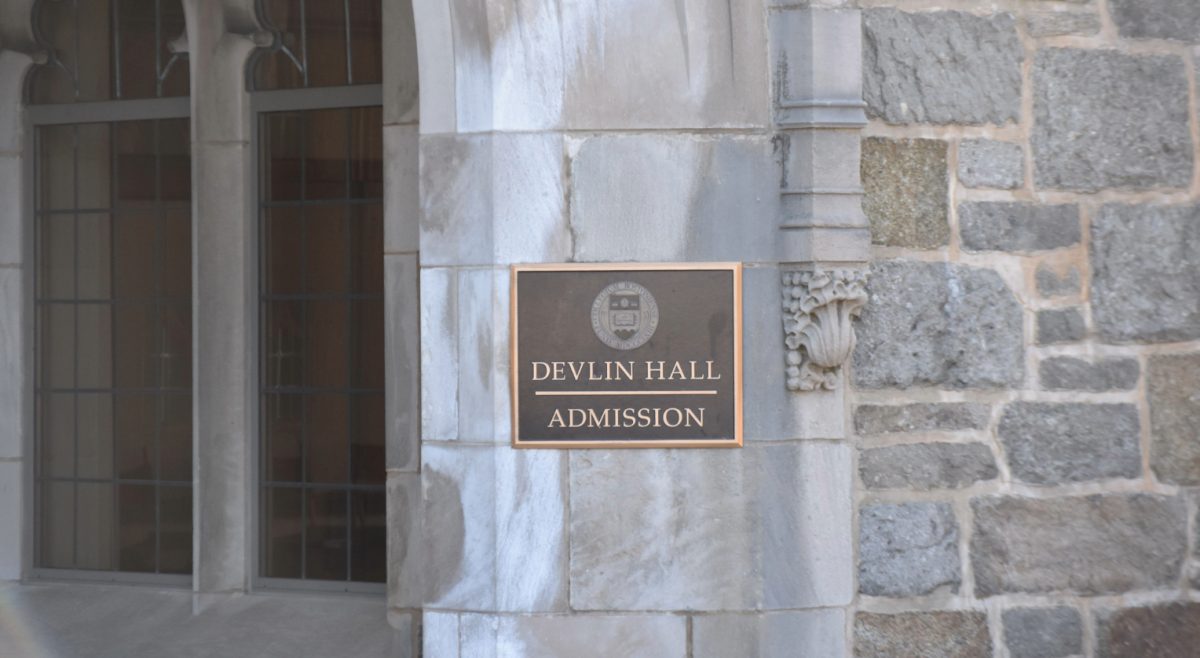

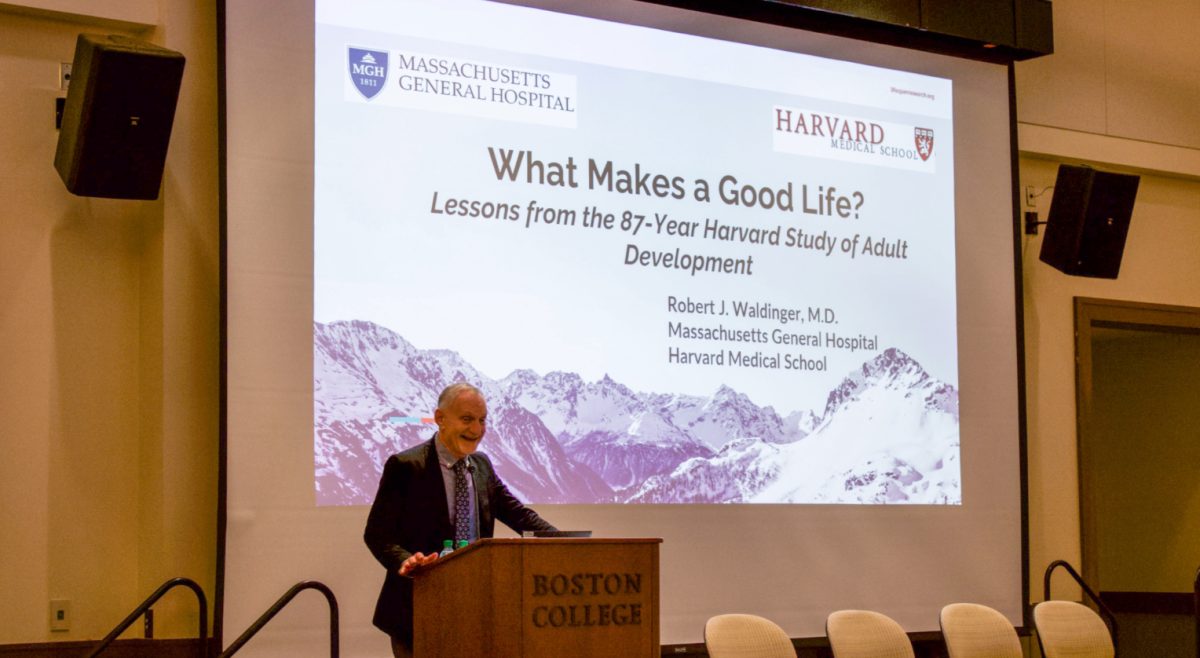
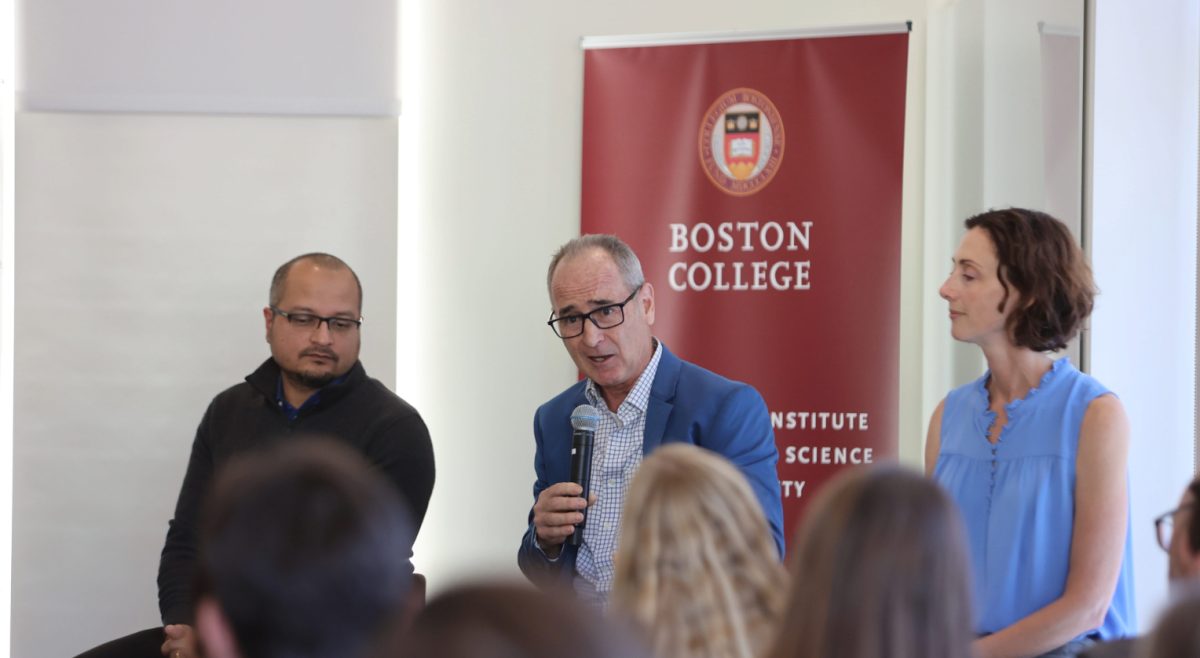


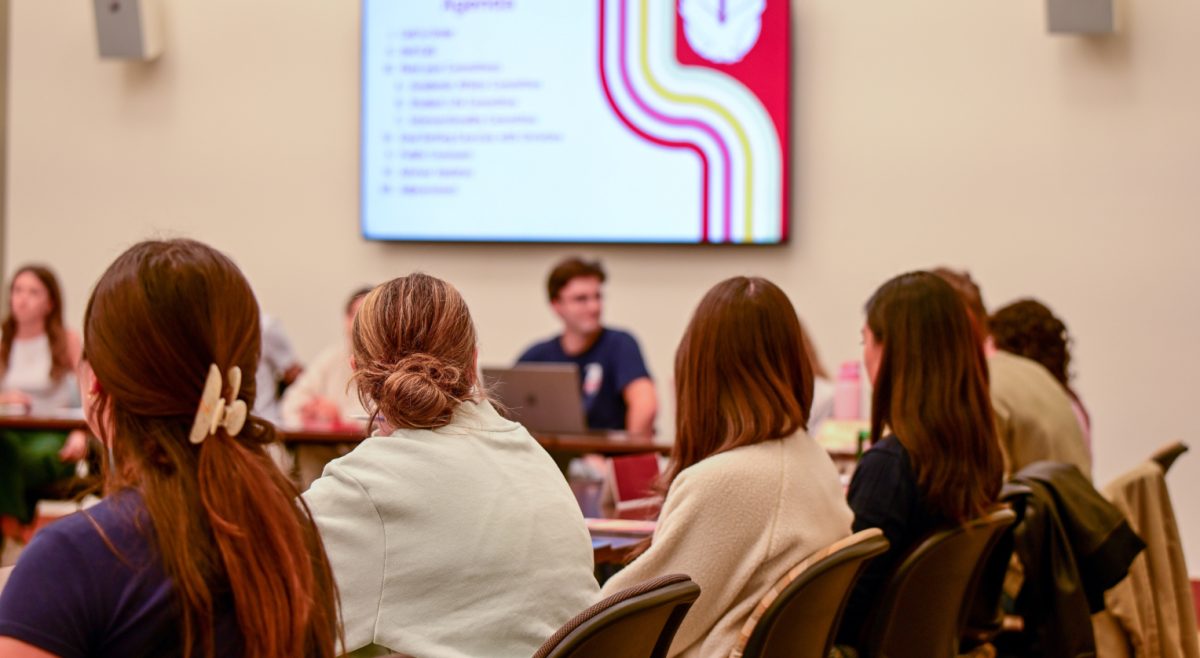
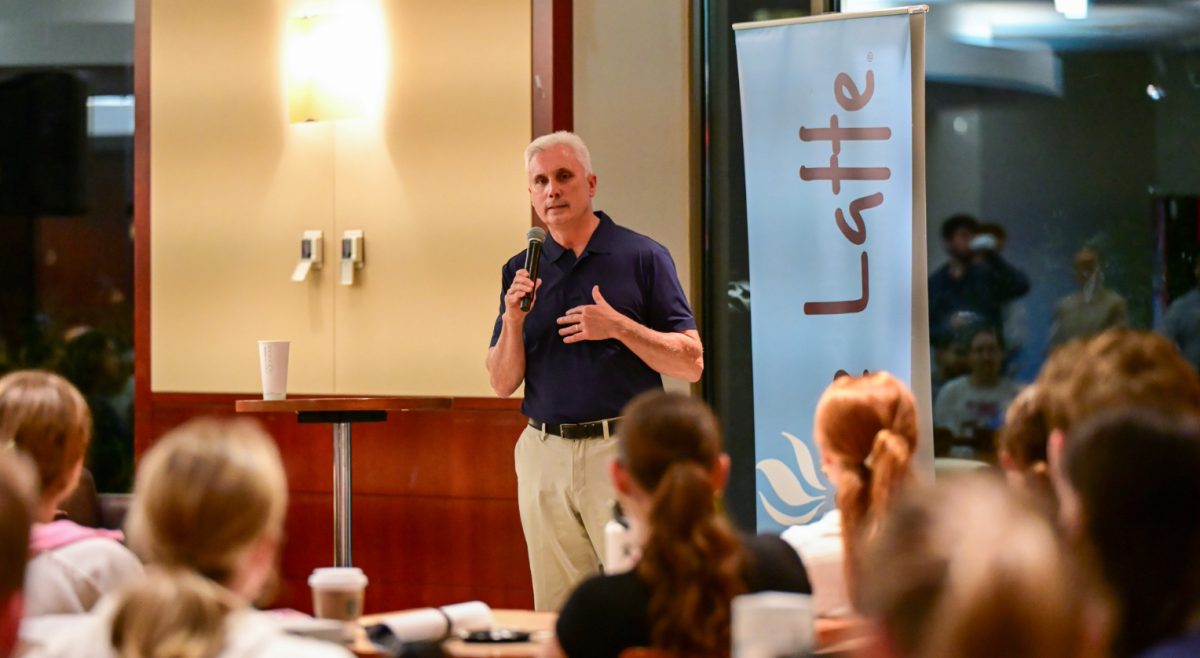
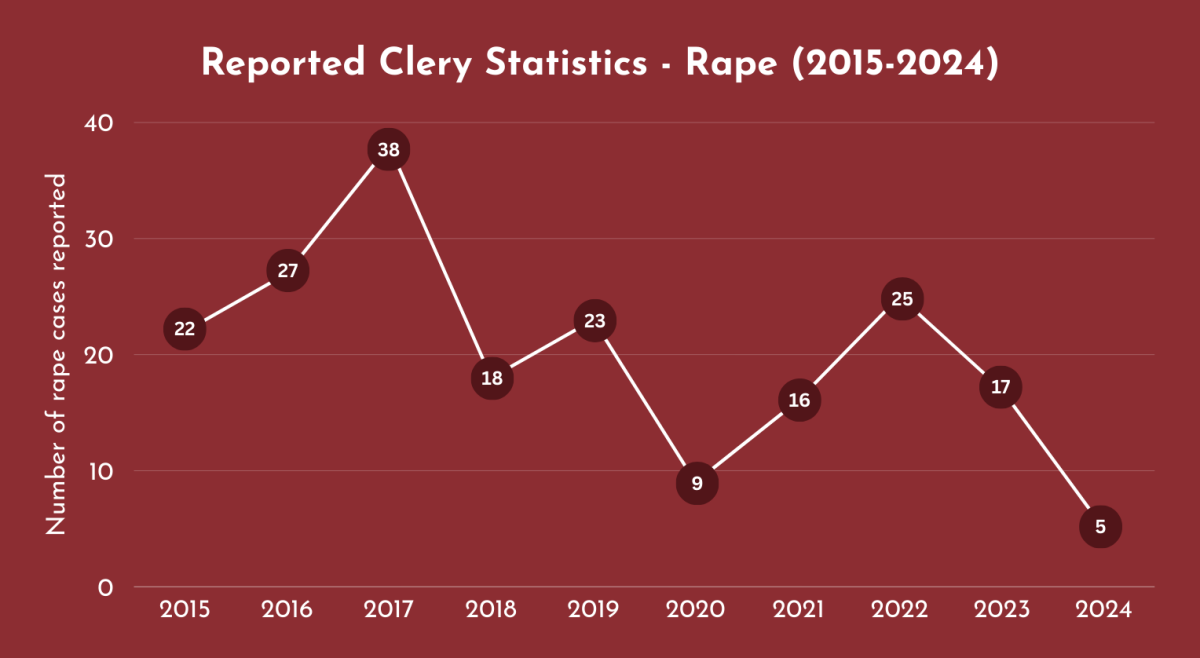

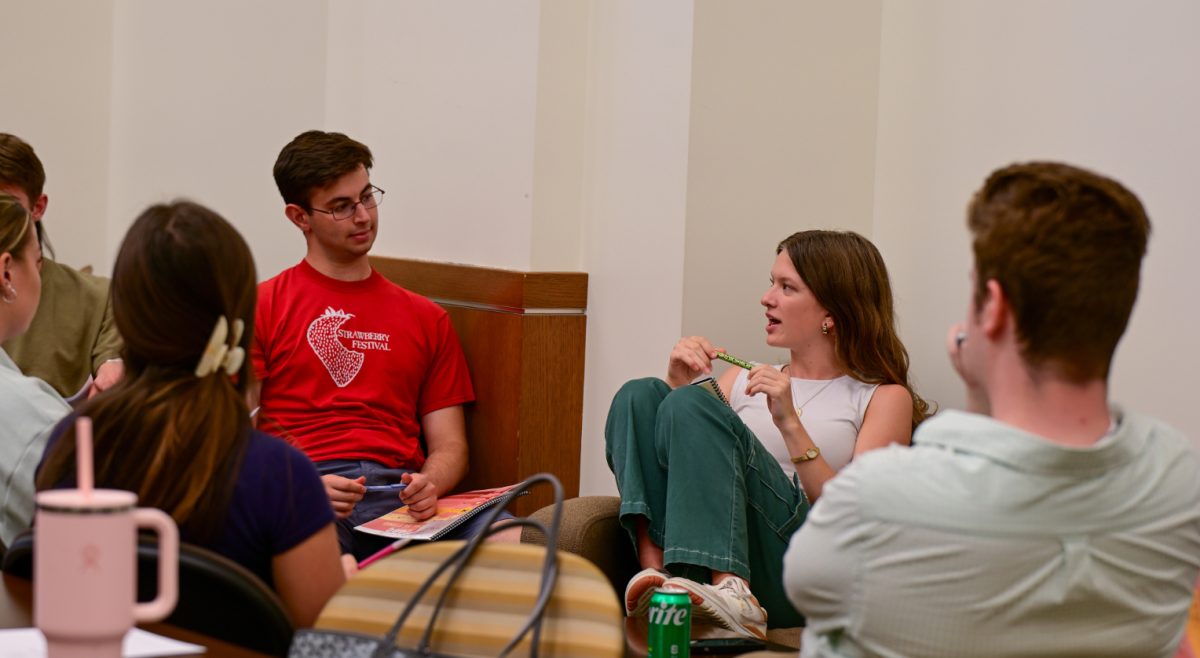
Matthew Woods • Apr 27, 2015 at 6:39 am
I think that this program could help students a lot. It is always great when something new is integrated in the studying process. Adults like to explore something new and understand whether new rules of programs are good for them or not. It is like they can decide on they own and it gives them the feeling that their opinion matters. They even won’t want to order quality custom essay from different services but to write them by themselves. They will be involved in studying and all process when something new always happens with it.